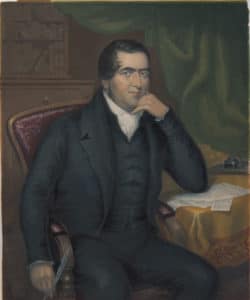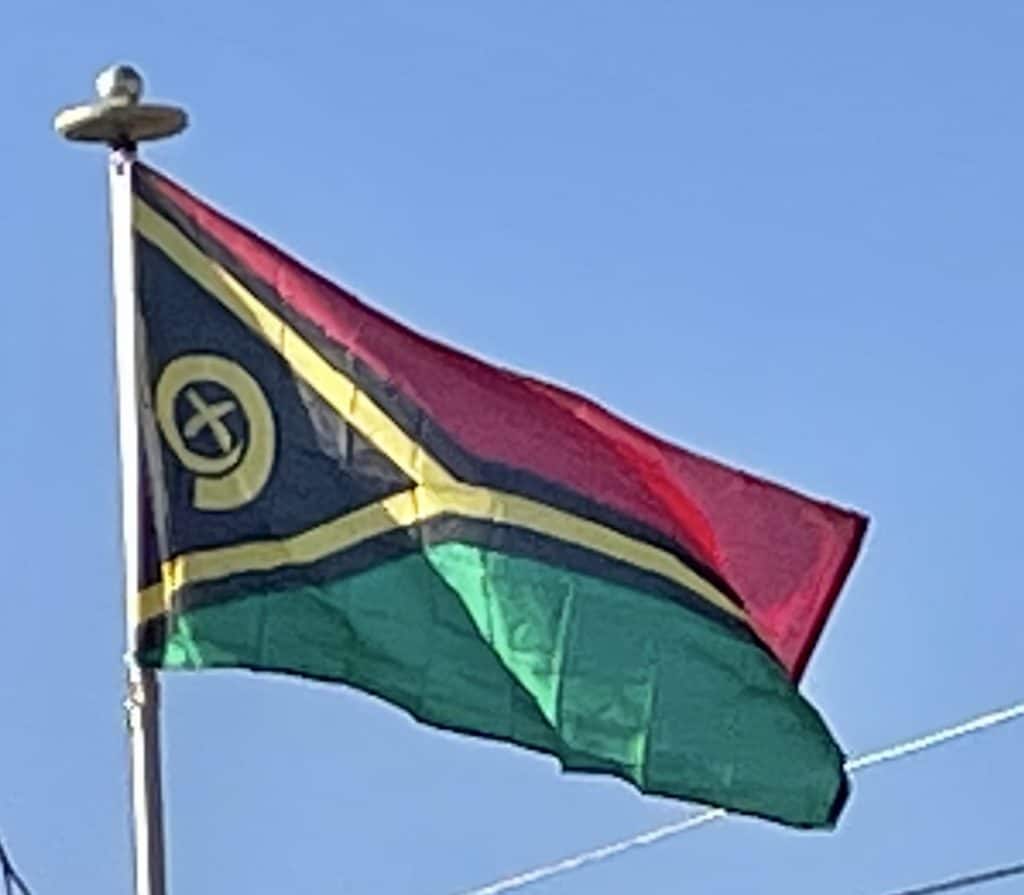From 1839 onwards missionaries, both Roman Catholic and Protestant, arrived on the islands. At first they faced hostility, most notably with the killings of John Williams and James Harris of the London Missionary Society on Erromango in 1839. Despite this they pressed on, resulting in many conversions; however, to the consternation of the European, this was often only skin-deep, with Ni-Vanuatu syncretizing Christianity with traditional kastom beliefs. The Anglican Melanesian Mission also took promising young converts for further training in New Zealand and Norfolk Island. Presbyterian missionaries proved particularly successful on Aneityum, though less so on Tanna, with missionaries being repeatedly chased off the island by locals throughout the 1840s–60s. The hostile response may have been partly to blame with the waves of illnesses and deaths the missionaries inadvertently brought with them.

Other European settlers also came, looking for land for cotton plantations, the first of these being Henry Ross Lewin on Tanna in 1865 (which he later abandoned). When international cotton prices collapsed after the ending of the American Civil War, they switched to coffee, cocoa, bananas, and, most successfully, coconuts. Initially British subjects from Australia made up the majority of settlers, however with little support from the British government they frequently struggled to make a success of their settlements.
French planters also began arriving, beginning with Ferdinand Chevillard on Efate in 1880, and later in larger numbers following the creation of the Compagnie Caledonienne des Nouvelles-Hébrides (CCNH) by John Higginson in 1882 (a fiercely pro-French Irishman), which soon tipped the balance in favor of French subjects. The French government took over the CCNH in 1894 and actively encouraged French settlement. By 1906 French settlers (at 401) outnumbered the British (228) almost two to one.
Colonial era (1906–1980):
Early period (1906–1945):
The jumbling of French and British interests in the islands and the near lawlessness prevalent there brought petitions for one or another of the two powers to annex the territory. The Convention of 16 October 1887 established a joint naval commission for the sole purpose of protecting French and British citizens, with no claim to jurisdiction over internal native affairs. Hostilities between settlers and Ni-Vanuatu were commonplace, often centering on disputes over land which had been purchased in dubious circumstances. There was pressure from French settlers in New Caledonia to annex the islands, though Britain was unwilling to relinquish their influence completely.
As a result, in 1906 France and the United Kingdom agreed to administer the islands jointly; called the Anglo-French Condominium, it was a unique form of government, with two separate governmental, legal, judicial and financial systems that came together only in a (weak and ineffective) Joint Court. Land expropriation and exploitation of Ni-Vanuatu workers on plantations continued apace however. In an effort to curb the worst of the abuses, and with the support of the missionaries, the Condominium’s authority was extended via the Anglo-French Protocol of 1914, although this was not formally ratified until 1922. While this resulted in some improvements, labor abuses continued and Ni-Vanuatu were barred from acquiring the citizenship of either power, being officially stateless. The underfunded Condominium government proved dysfunctional, with the duplication of administrations making effective governance difficult and time-consuming. Education, healthcare and other such services were left in the hands of the missionaries.

